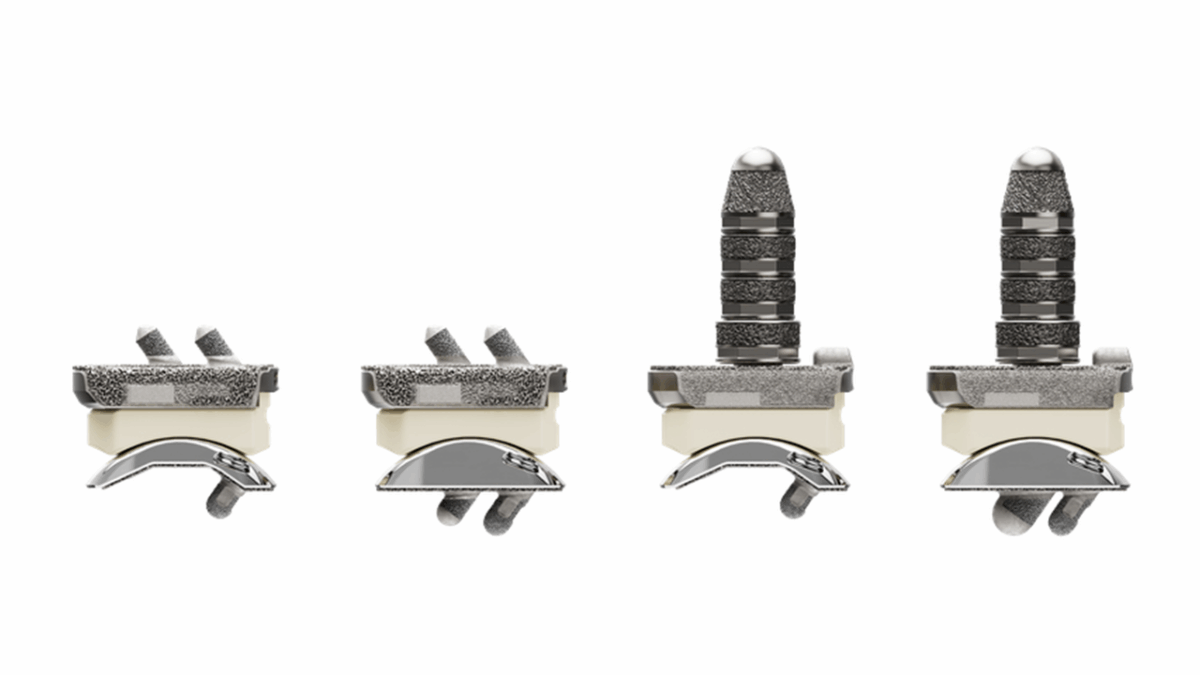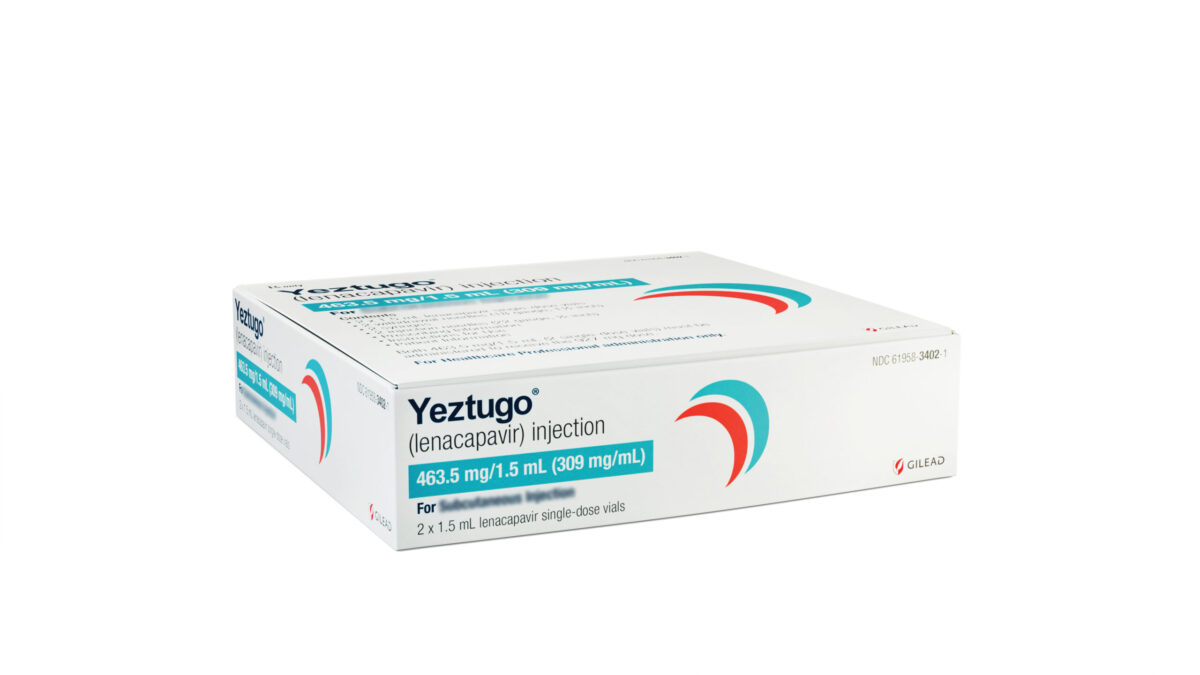An innovative new non-surgical medical device called the portable neuromodulation stimulator (PoNS) has received marketing authorization from the US Food and Drug Administration (FDA) as a treatment to help improve gait in patients with multiple sclerosis (MS). The device delivers neuromodulatory electrical impulses to the brain via a cranial nerve. When used in conjunction with targeted physical training, the device can facilitate improvements in balance and gait.
The device has been developed by Helius Medical Technologies and is approved in Canada and the EU, with the US now following suit with the FDA authorization.
MS is an inflammatory, neurodegenerative autoimmune disease of the central nervous system that interferes with communications between the brain and other parts of the body. The debilitating disease arises as a result of the immune system attacking the protective myelin sheath covering nerve fibers, which transmit signals from the brain to the rest of the body. This can lead to motor deficits such as uncontrolled movements and difficulties walking. The severity of symptoms depends on the extent of neural damage.
According to the National Institute of Neurological Disorders and Stroke, most people experience their first MS symptoms between the ages of 20 and 40. The disease is more common in women than men.
The portable neuromodulation stimulator consists of a controller and mouthpiece. The mouthpiece is placed on the tongue through which electrical impulses are sent to the brain. Through delivery of neuromodulatory electrical signals, the device aims to re-train and strengthen parts of the brain that are involved in key motor processes including movement and balance.
Related: A Neurodegenerative Disease Biomarker That Can Be Detected in the Eye
“MS is one of the most common neurological diseases in young adults. [The] authorization offers a valuable new aid in physical therapy and increases the value of additional therapies for those who live with MS on a daily basis,” said Christopher M. Loftus, MD, acting director of the Office of Neurological and Physical Medicine Devices in the FDA’s Center for Devices and Radiological Health, in a press announcement from the agency.
MS affects patients differently with respect to both symptoms and their severity. MS can present with a range of different symptoms including problems with walking and balance which can hinder daily activities. The most common walking issues include unsteady, uncoordinated movements (known as ataxia) because of damage to areas of the brain that coordinate muscle balance. People with severe ataxia usually use a cane, walker or other assistive device, and physical therapy can generally help reduce issues with walking.
How the Portable Neuromodulation Stimulator Works
The portable neuromodulation stimulator is a non-implantable, portable neuromuscular tongue stimulator apparatus that generates mild electrical pulses to stimulate the trigeminal and facial nerve via the tongue. The impulses reach key areas in and around the brain stem that are involved in motor control and movement, helping to treat motor deficits.
The portable neuromodulation stimulator consists of a controller that goes around the neck, which, via a wire, is connected to a mouthpiece that contains electrodes. The mouthpiece is placed on the surface of the tongue, with the electrode side facing down for direct contact.
The controller sends mild electrical impulses to the mouthpiece resting on the tongue. This kicks off a neural cascade of activity originating from electrical stimulation of receptors in the tongue, and flowing up to the brainstem via the facial nerve, or cranial nerve VII. The tongue has dense nerve endings which make it amenable to stimulation.
The cascade of neural activity set off by the portable neuromodulation stimulator device is aimed at helping re-wire and strengthen areas of the brain affected by MS, and that are also affected by targeted training. The device is therefore used in combination with physical activity, namely balance and gait training, with the help and guidance of a PoNS treatment specialist.
The idea is that when the electrical stimulation provided by the portable neuromodulation device is combined with physical training, changes occur in neural networks that strengthen key neural pathways involved in motor function, facilitating the recovery of function to lead to improvements in balance and gait. With improved motor control and stability, MS patients can potentially have a more active life with reduced risk of falls.
By targeting brain neuroplasticity, which is essentially the ability of the brain’s neural networks to be re-wired, lost function can be restored through the correct flow of neural impulses to the body.
The control unit of the portable neuromodulation stimulator can be connected to a computer to view usage data through software developed specifically for the device. A therapist can use the usage data to monitor and adjust a patient’s treatment plan for optimal results. This could include assessment of the duration of sessions and the impact of missing a session, for example.
FDA Assessment of the Portable Neuromodulation Stimulator
The safety and efficacy of the portable neuromodulation stimulator device was assessed by the FDA through two clinical studies and a retrospective analysis of real-world data (RWD).
The first study was a randomized, double-blind, controlled trial consisting of 20 MS patients with gait deficits. In the trial, half of the patients (ten) used the portable neuromodulation stimulator while the other half of patients used a sham control device that did not deliver any electrical stimulation.
The primary outcome measure was the dynamic gait index (DGI) consisting of eight gait tasks. The DGI was assessed at baseline and then after two, six, ten and 14 weeks. The results showed that on average, the group that used the portable neuromodulation stimulator achieved a statistically and clinically significant improvement of 7.95 in their DGI score at the end of the study while the control group did not.
The second study was also a randomized, blinded controlled trial that evaluated the effects of the portable neuromodulation stimulator device in combination with cognitive rehabilitation and physical rehabilitation in 14 MS patients. Half of the patients got the portable neuromodulation stimulator device while the other half a sham device.
Baseline evaluations included sensory organization tasks (SOT) and DGI scores. After 14 weeks of device use, the portable neuromodulation stimulator group exhibited a statistically significant improvement in SOT scores compared to baseline. There were no significant changes in the DGI scores after the 14-week period.
The trial sponsor also submitted a retrospective analysis of RWD for the portable neuromodulation stimulator device obtained from MS patients in clinical rehabilitation settings. No serious safety adverse events were reported in the clinical studies or retrospective RWD analysis.
The portable neuromodulation stimulator is not recommended for use by patients with penetrating brain injuries, neurodegenerative diseases, oral health problems, chronic infectious diseases, unmanaged hypertension or diabetes, pacemakers and/or a history of seizures. It should also not be used if there are lesions on the tongue or if there is bleeding or open wounds.
FDA Review
The portable neuromodulation stimulator was granted Breakthrough Device designation and was reviewed under the FDA’s De Novo premarket review pathway, which is a regulatory pathway for low-to moderate-risk devices of a new type. Under the latter, special controls for devices of this type are established by the FDA, which includes requirements related to labeling and performance testing.
Because there is no cure for the disease, treatments for MS involve management of symptoms and most are pharmaceuticals. Apart from physical therapy to help manage muscle weakness and other gait problems, non-pharmaceutical interventions are limited. Devices such as the portable neuromodulation stimulator are thus a welcome, novel non-pharmaceutical approach in the specific targeting of neural networks implicated in the disease. The device offers potential to improve balance and gait with the goal of having a positive impact on quality of life associated with movement.












Join or login to leave a comment
JOIN LOGIN